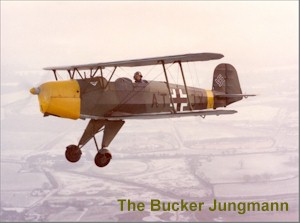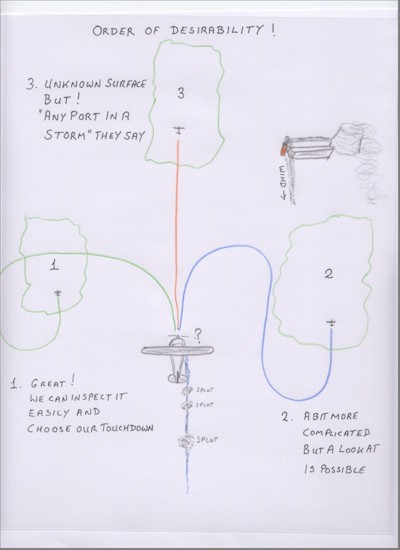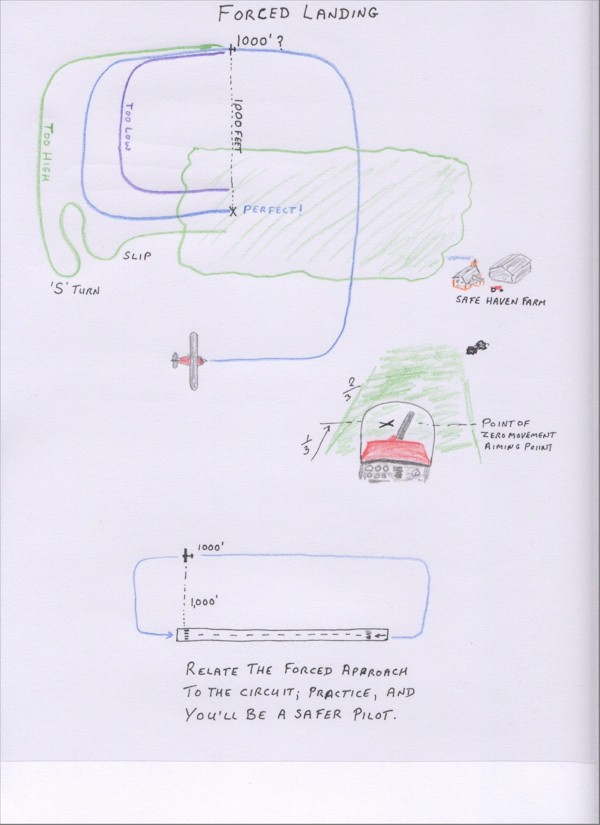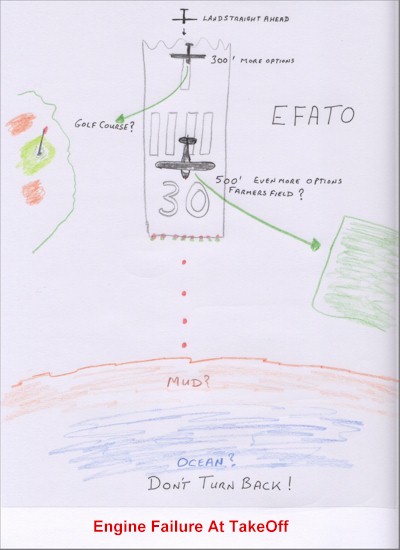| In the
Bucker Jungmann, the Hirth giving a healthy amount of
power as we climbed into the downwind for 26 at Redhill
when suddenly.... bang! The engine wanted to jump out of
its mounts and leave us behind. I switched the mags off,
and raised the nose to stop the propeller from rotating,
I wanted the engine to stay on the front of the aeroplane
even if it wasn't providing any power! Prop stopped, I lowered the nose into the best glide, turned towards 01, and turned the fuel off. We glided silently down and rolled out on the grass. It was a hot summer's day, and the push back to the hangar took some effort. Every time I take off I imagine what I would do and where I would go if the engine failed at various points in my departure. So primed, my reactions were quick and correct and the aeroplane sustained no further damage. The crankshaft had broken between No3, and No4 cylinders. |
|



